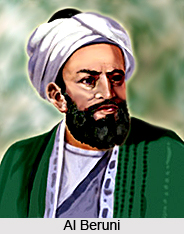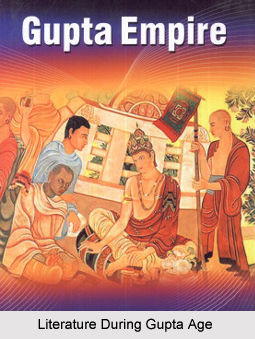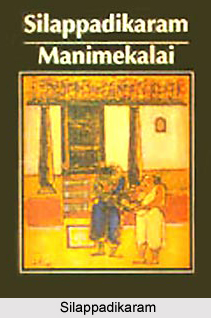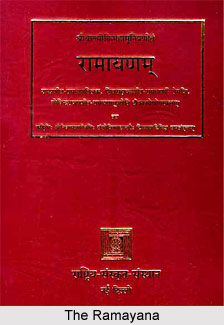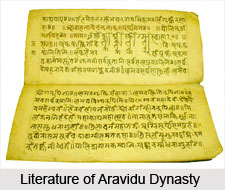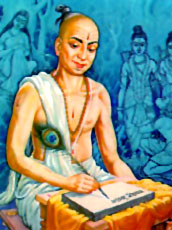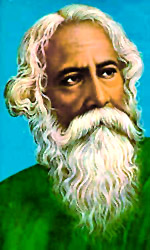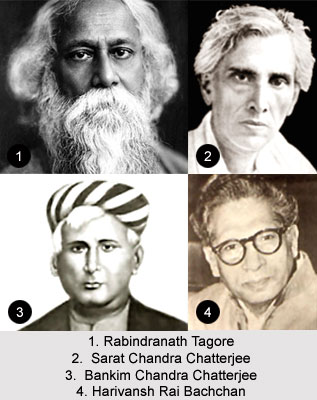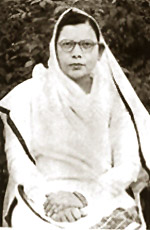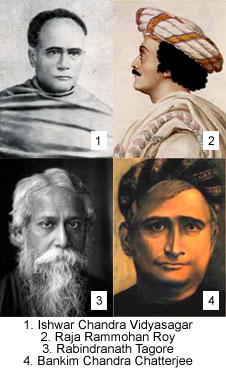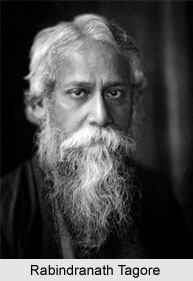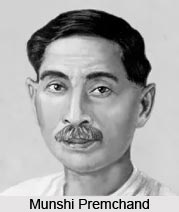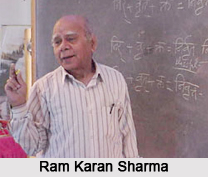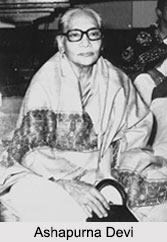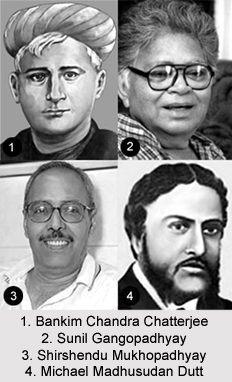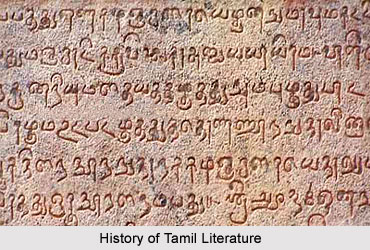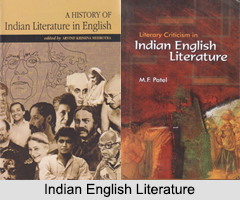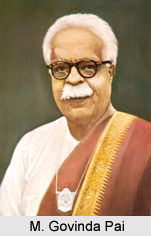 Different aspects can be included among the various factors influencing modern Kannada literature. After Sanskrit and Tamil, Kannada has the oldest written literature in India. There were a few interesting developments at the end of the nineteenth and the beginning of the twentieth centuries which influenced Kannada literary works of the time. Establishing a printing press and a publishing concern by Basel Mission, a German missionary organization, in the second half of the nineteenth century, played a major role in the development of modern Kannada literature. Reverend Ferdinand Kittel (1832-1903), a German missionary, compiled and published a Kannada-English dictionary, which is still one of the best dictionaries in Kannada. Bengali novels by Bankim Chandra Chatterjee and Marathi novels by Harinarayana Apte were adapted into Kannada by B. Venkatacharya (1845-1914) and Galaganatha (1869-1942). M. Govinda Pai (1883-1963), a scholar, was the first poet to give up the traditional second-syllable rhyme pattern to make daring experiments in the form of stanzas. He also wrote poems about the conditions of ordinary people. Hattiyangadi Narayana Rao (1863-1921) and S. G. Narasimhachar (1862-1907) adapted a few English poems, using traditional metrical forms. But none of these writers could establish a new tradition of writing. Govinda Pai was interested more in research than in poetry. However, Hattiyangadi Narayana Rao and S. G. Narasimhachar could not create a new idiom to express a new sensibility. Only B. M. Srikantia (1884-1946) and Masti Venkatesha Iyengar (1891-1986) started a new movement in poetry and fiction, respectively.
Different aspects can be included among the various factors influencing modern Kannada literature. After Sanskrit and Tamil, Kannada has the oldest written literature in India. There were a few interesting developments at the end of the nineteenth and the beginning of the twentieth centuries which influenced Kannada literary works of the time. Establishing a printing press and a publishing concern by Basel Mission, a German missionary organization, in the second half of the nineteenth century, played a major role in the development of modern Kannada literature. Reverend Ferdinand Kittel (1832-1903), a German missionary, compiled and published a Kannada-English dictionary, which is still one of the best dictionaries in Kannada. Bengali novels by Bankim Chandra Chatterjee and Marathi novels by Harinarayana Apte were adapted into Kannada by B. Venkatacharya (1845-1914) and Galaganatha (1869-1942). M. Govinda Pai (1883-1963), a scholar, was the first poet to give up the traditional second-syllable rhyme pattern to make daring experiments in the form of stanzas. He also wrote poems about the conditions of ordinary people. Hattiyangadi Narayana Rao (1863-1921) and S. G. Narasimhachar (1862-1907) adapted a few English poems, using traditional metrical forms. But none of these writers could establish a new tradition of writing. Govinda Pai was interested more in research than in poetry. However, Hattiyangadi Narayana Rao and S. G. Narasimhachar could not create a new idiom to express a new sensibility. Only B. M. Srikantia (1884-1946) and Masti Venkatesha Iyengar (1891-1986) started a new movement in poetry and fiction, respectively.
There were two major factors that played a very important role in the development of twentieth-century Kannada literature. Almost all Kannada writers have been highly educated. B. M. Srikantia was professor of English in the University of Mysore; Masti had degrees in English literature and was a deputy commissioner and magistrate; V. K. Gokak (1909-92) had degrees in English literature from the University of Oxford; Sriranga (1904-84) and T. P. Kailasam (1884-1946) were educated in London; and Da.Ra. Bendre (1896-1981) and Kuvempu (1904-94) were professors of Kannada, and Kuvempu retired as vice chancellor of the University of Mysore. The tradition continues among modern writers: Gopalakrishna Adiga (1918-92) was a professor of English; U. R. Anantha Murthy (1932) and Shantinath Desai (1929) have postgraduate degrees from the universities of Birmingham and Leeds; Girish Raghubath Karnad (b. 1938) was a Rhodes scholar in Oxford; A. K. Ramanujan (1929-93) taught at the University of Chicago; and Ramachandra Sharma (1925) has a doctorate from the University of London. These writers chose to write in Kannada instead of in English, as an existential choice of relating themselves to their people. It reflected a realization that a writer cannot write in a language he or she does not hear ordinary people speak in marketplaces and streets.
These writers had a profound knowledge of English, European and Sanskrit literature. As a result, their expectations of Kannada literature were very high. They were fully aware that writings had to be as good as any good literature in English to win a place in world literature. They also borrowed liberally from Sanskrit and European literatures. As a result, twentieth-century Kannada literature is an age of translations, too. Almost all the major European writers have been translated or adapted into Kannada during the last 90 years. They have also been discussed with lively enthusiasm. For example, special issues of little magazines were brought out during the birth centenaries of D. H. Lawrence, T. S. Eliot, and Franz Kafka. In literary circles in Karnataka, it is quite common to hear Susan Sontag or Edward Said discussed with insight or Sappho, the Greek poetess, compared with Akka Mahadevi. Most of the important books published in the West are available in the leading bookshops in Bengaluru within a reasonable time gap. In fact, Kannada writers and readers know more about Western literatures than about the literatures in other Indian languages. It is of interest to note here that this tendency was recently criticized as another sign of neo-colonialism. However it is argued here that encounter with another culture has worked as a catalytic agent to the major writers and helped them overcome their limitations. This was also due to the writers` ability to turn to advantage what was otherwise a disturbing challenge to Indian culture and civilization.
Another major factor that shaped twentieth-century Kannada literature was the exploration of what was significant in Kannada and Sanskrit literatures of the past. Quite a number of important Sanskrit works have been translated or discussed during this period. T. N. Srikanthayya, a scholar, wrote Bharatiya Kavya Mimamse, a remarkable book on Indian poetics. Almost all the important Kannada works of the past were rediscovered, edited, and published. These include works by major writers like Pampa, Sivakotyacharya, and Virasaivite saint-poets. Earlier, their works, considered religious documents, were fading away in palm-leaf manuscripts in caste organizations to which these writers belonged.
Another important factor influencing twentieth century Kannada literature is that Kannada-speaking areas were distributed among Chennai, Mumbai, Hyderabad and Mysore provinces in the first half of this century. Only in 1956 were predominantly Kannada-speaking areas united to form the present Karnataka state. Till then, many writers felt that failure to bring the Kannada-speaking areas under one state administration led to the lack of identity of the Kannadigas. Therefore, in Karnataka, the freedom struggle meant not only freeing India from the British but also freeing Kannada-speaking areas from the rules of Tamilians, Telugus, and Marathas. Discovering and propagating the best of Kannada literature of the past and present were the ways of unifying the Kannada-speaking people and helping them find their cultural identity. B. M. Srikantia, Alur Venkata Rao (1880-1930), and their disciples spent a considerable number of years touring different parts of Kannada-speaking areas and lecturing about Kannada language and literature. Thus, Kannada language and culture became important instruments in making people aware of their identity and in helping them regain their self-respect during the freedom struggle.
Thus, it was a combination of the various factors discussed above which a rather strong influence on Kannada literature of the twentieth century had.

